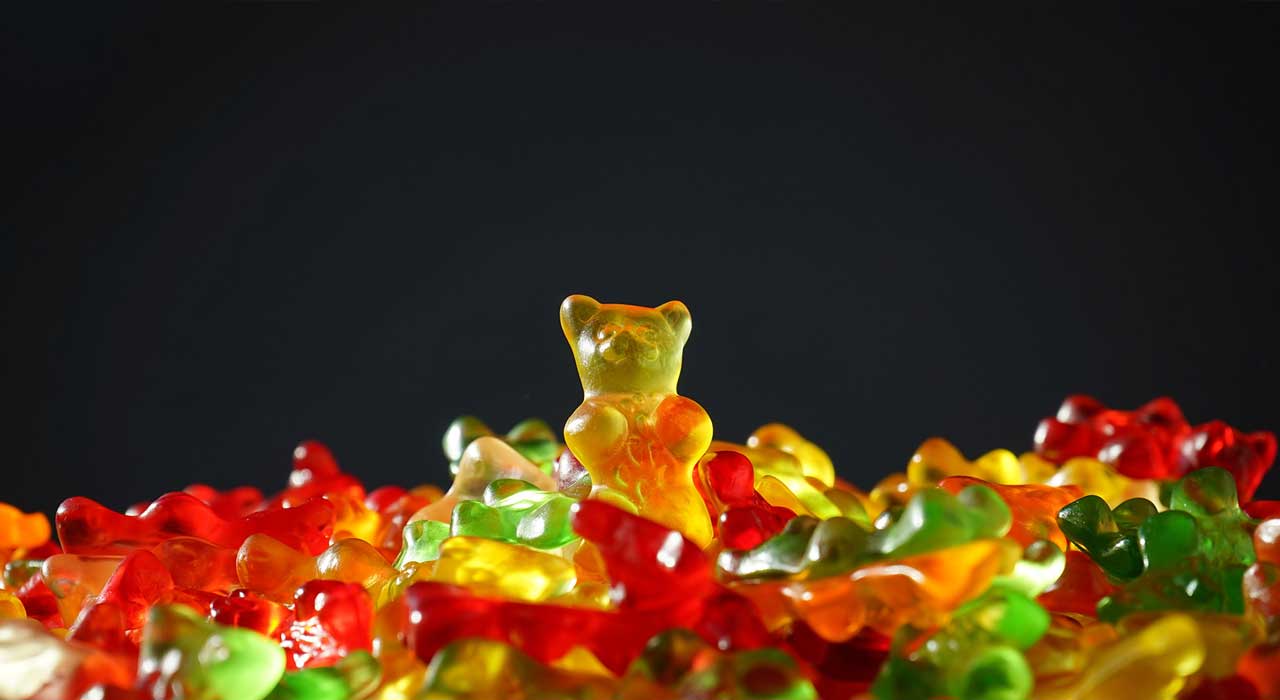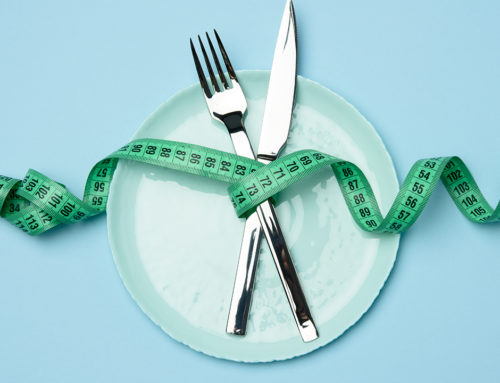New supplements are emerging that are cleverly disguised as candy. Is it just clever marketing or could your sweet tooth help you lose fat? TRAIN investigates.
How to use them properly
Timing is everything with these sweets. “If you’re exercising at a high intensity for longer than an hour, then sports confectionary may be a convenient way of ingesting extra sugar to maintain your blood sugar and spare muscle glycogen,” explains Anita Bean, a registered nutritionist and author of Sports Supplements. Aim for 30-60g of sugar per hour of exercise. Eat them with water to avoid gastrointestinal discomfort but don’t wash down with a sports drink otherwise you may consume too much carbohydrates.
What are they?
They look like something you’d find in the candy section of your supermarket, coming in the form of beans, chewable candy and jelly chews.
When to use them?
There are occasions where non-descript powders and drinkables can raise eyebrows, like when you face the ever-suspicious customs officials. This makes candy supplements ideal for taking with you on a long flight or car journey. Just don’t snack on the ones specific to endurance or you’ll be wasting calories.
What should you watch out for?
The ingredients are much the same as other supplements, but the delivery mechanism is different because they spend longer in your mouth. This can cause tooth decay if you have them too often or if you eat them without rinsing out your mouth.
How do they hold up under the microscope?
A study at the University of California, Davis, found that Sports Beans – a candy aimed at endurance athletes – were just as effective as popular carbohydrate supplements in improving exercise performance by maintaining blood glucose levels.
Since the protein sweet’s main ingredient is whey protein, there’s an abundance of research to support its ability to build muscle and help maintain a lean bodyweight.
Both of these types of supplements are in effect the same as sports bars – energy and protein – that have just been distilled into a disparate format so you can use them differently within your daily schedule.
What’s in them?
The prototypes of these sweets were made with endurance athletes in mind, so they were rich in carbohydrates, sugar and even small amounts of caffeine, sodium and vitamins. New to the market are chewable candies with many of the above ingredients, plus added whey protein to bump up their appeal to anyone looking to burn fat and build muscle.
Find health and fitness tips and more in every issue of TRAIN magazine.







